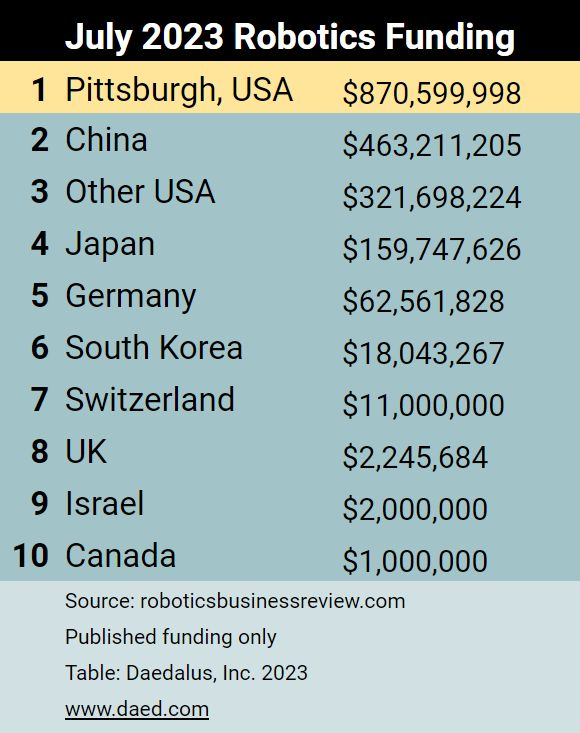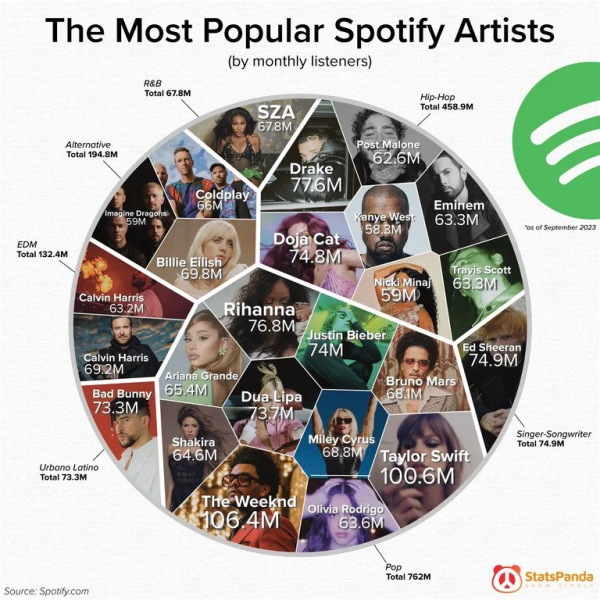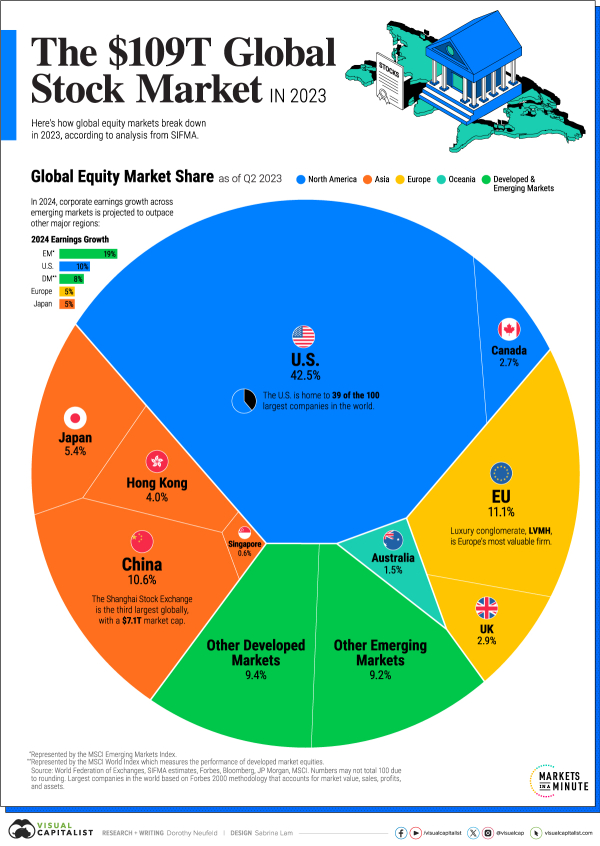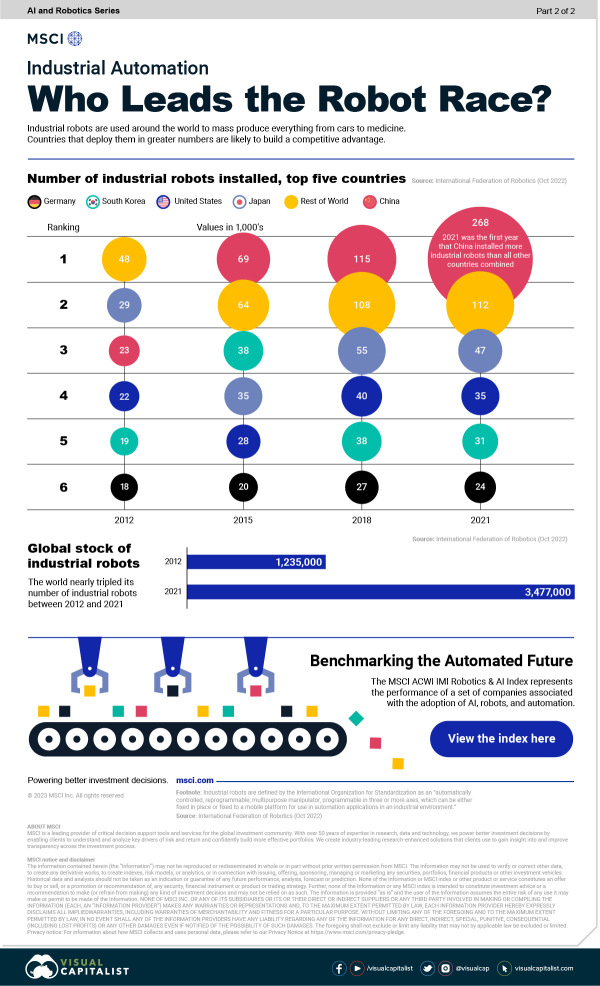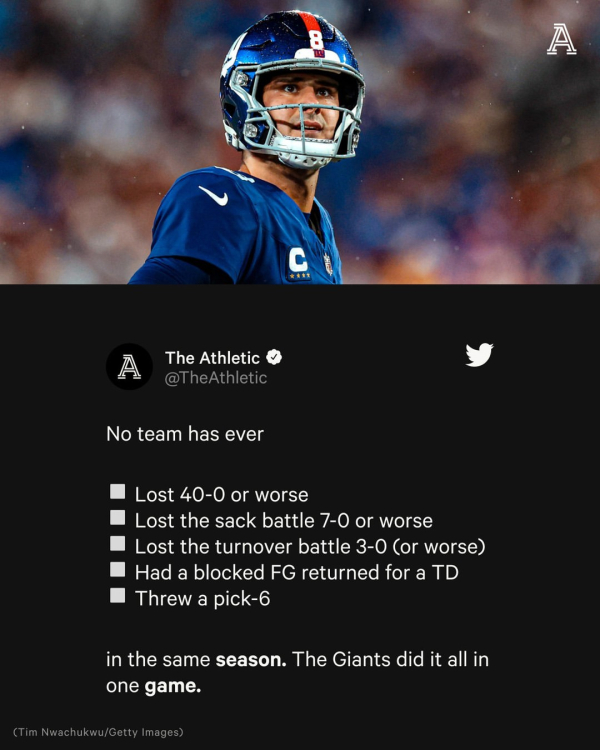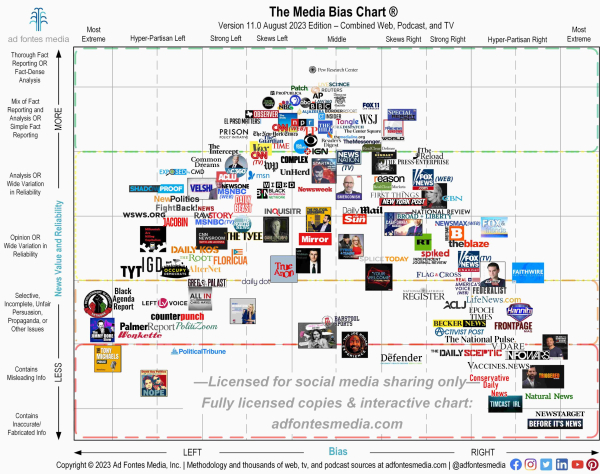Data is the fastest-growing commodity, and is today’s “wild west” and the battlefield of today’s tech titans. We talk about AI as this gold rush, but data is the underpinning of it all.
A staggering 328.77 million terabytes of data are created daily, which means around 120 zettabytes of data will be generated this year.
Video is still growing rapidly, but so is IoT, with more than 15% annual growth. There are now almost 20 billion connected devices.
Alphabet, Amazon, Apple, Facebook, and Microsoft all have unprecedented amounts of data (and power).
Rapid growth means little time to create adequate rules. Everyone’s jumping to own more data than the next and to protect that data from prying eyes.
As a great example of this, I often warn people to keep their intellectual property off of ChatGPT or other hosted language models.
I also see it trading, but it’s pervasive in every industry and our personal lives as well.
Collecting basic data and using basic analytics used to be enough … but not anymore. The game is changing.
For example, traders used to focus on price data … but there has been an influx of firms using alternative data sets and extraordinary hardware and software investments to find an edge. If you’re using the same data sources as your competitors and competing on the same set of beliefs, it’s hard to find a sustainable edge.
Understanding the game others are playing (and the rules of that game) is important. However, that’s only table stakes.
Figuring out where you can find extra insight, or where you can make the invisible visible, creates a moat between you and your competition and lets you play your own game.
Here is a quick high-level video about Data as fuel for your business. Check it out.
It is interesting to think about what’s driving the new world (of trading, technology, AI, etc.), which often involves identifying what drove the old world.
History has a way of repeating itself. Even when it doesn’t repeat itself, it often rhymes.
With that said, the key to unlocking the pathway to the new world often comes from a new or alternative data set that lets you approach the problem, challenge, or opportunity from a different perspective.
Before e-mails, fax machines were amazing. Before cars, people were happy with horses and buggies.
These comparisons help explain the importance of data in today’s new world economics.
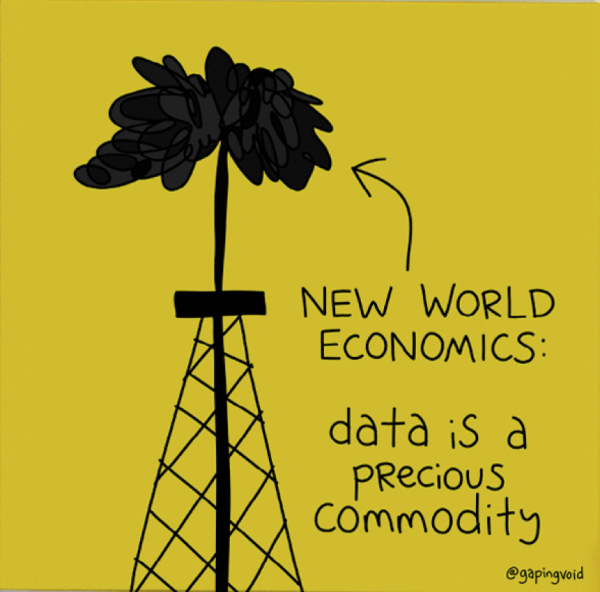
Data as the New Oil
Petroleum has played a pivotal role in human advancement since the Industrial Revolution. It fueled (and still fuels) our creativity, technology advancements, and a variety of derivative byproducts. There are direct competitors to fossil fuels that are gaining steam, but I think it’s more interesting to compare petroleum to data due to their parallels in effect on innovation.
Pumping crude oil out of the ground and transforming it into a finished product is not a simple process. Yet, it is relatively easy for someone to understand the process at a high level. You have to locate a reservoir, drill, capture the resource, and then refine it to the desired product – heating oil, gasoline, asphalt, plastics, etc.
The same is true for data.
You've got to figure out what data you might have, how it might be useful, you have to figure out how to refine it, clean it, fix it, curate it, transform it into something useful, and then how to deliver it to the people that need it in their business. And even if you've done this, you then have to make people aware that it's there, that it's changing, or how they might use it. For people who do it well, it's an incredible edge. – Howard Getson
In a sense, data fuels the information economy much like oil fuels the industrial economy. The amount of power someone has can be correlated to their control of and access to these resources. Likewise, things that diminish or constrain access or use of these resources can lead to extreme consequences.
Why Data Is Better Than Oil
The analogy works, but it’s just that, an analogy, and the more you analyze it, the more it falls apart. Unlike the finite resource that is oil, data is all around us and increasing at an exponential rate, so the game is a little different:
- Data is a renewable resource. It’s durable, it’s reusable, and it’s being produced faster than we can process it.
- Because it’s not a scarce resource, there’s no urge to hoard it – you can use it, transform it, and share it knowing that it won’t diminish.
- Data becomes more valuable the more you use it.
- As the world’s oil reserves dwindle, and renewable resources grow in popularity and effectiveness, the relative value of oil drops. It’s unlikely that will happen to data.
- Also, while data transport is important, it’s not expensive the way oil is. It can be transported and replicated at light speed.
Using alternative data gives traders an advantage, but it doesn’t always have to be confidential or hard-to-find information. Traders now have access to vast amounts of structured and unstructured data. A significant source that many overlook is the data produced through their own process or the metadata from their own trades or transactions.
In the very near future, I expect these systems to be able to go out and search for different sources of information. It's almost like the algorithm becomes an omnivore. Instead of simply looking at market data or transactional data, or even metadata, it starts to look for connections or feedback loops that are profitable in sources of data that the human would never have thought of. – Howard Getson
In a word of caution, there are two common mistakes people make when making data-driven decisions. First, people often become slaves to the data, losing focus on the bigger picture. It’s the same mistake people make with AI. Both are tools, not the end goal. Second, even the most insightful data can’t predict black swans. It’s important to exercise caution. Prepare for the unexpected.
The future of data is bright, but it’s also littered with potential challenges. Privacy concerns and data misuse are hot-button topics, as are fake news and the ability of systems to generate misleading data. In addition, as we gain access to more data, our ability to separate signal from noise becomes more important.
I think one of the biggest problems facing our youth – and really all of us – is how much information is thrust at us every waking moment of the day. No previous generation has had this much access to data. As a result, many are actually less informed than in the past. Soundbites become the entire news story, and nuance gets lost in the echo chambers.
The question becomes, how do you capitalize on data without becoming a victim of it?
Food for thought!

